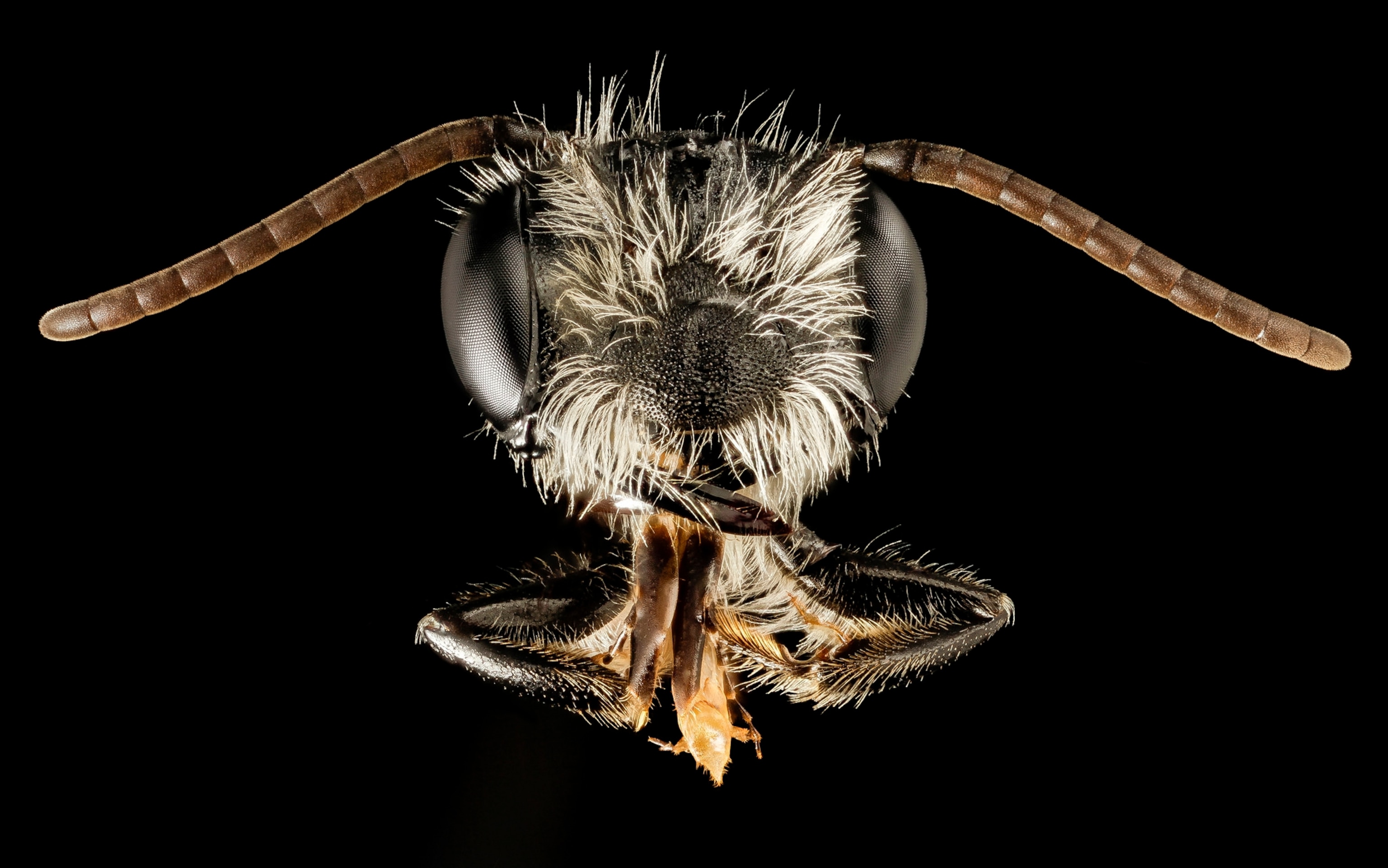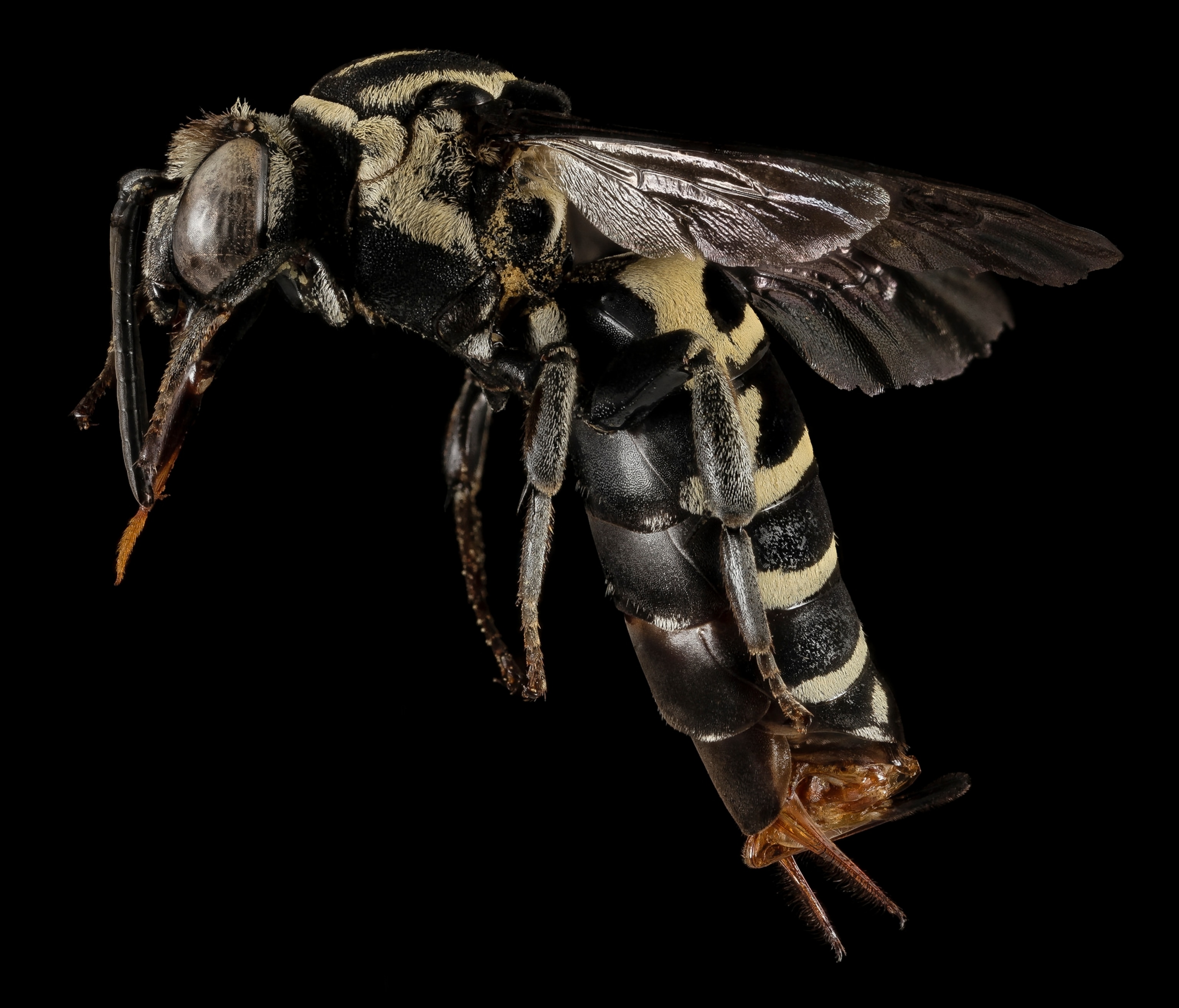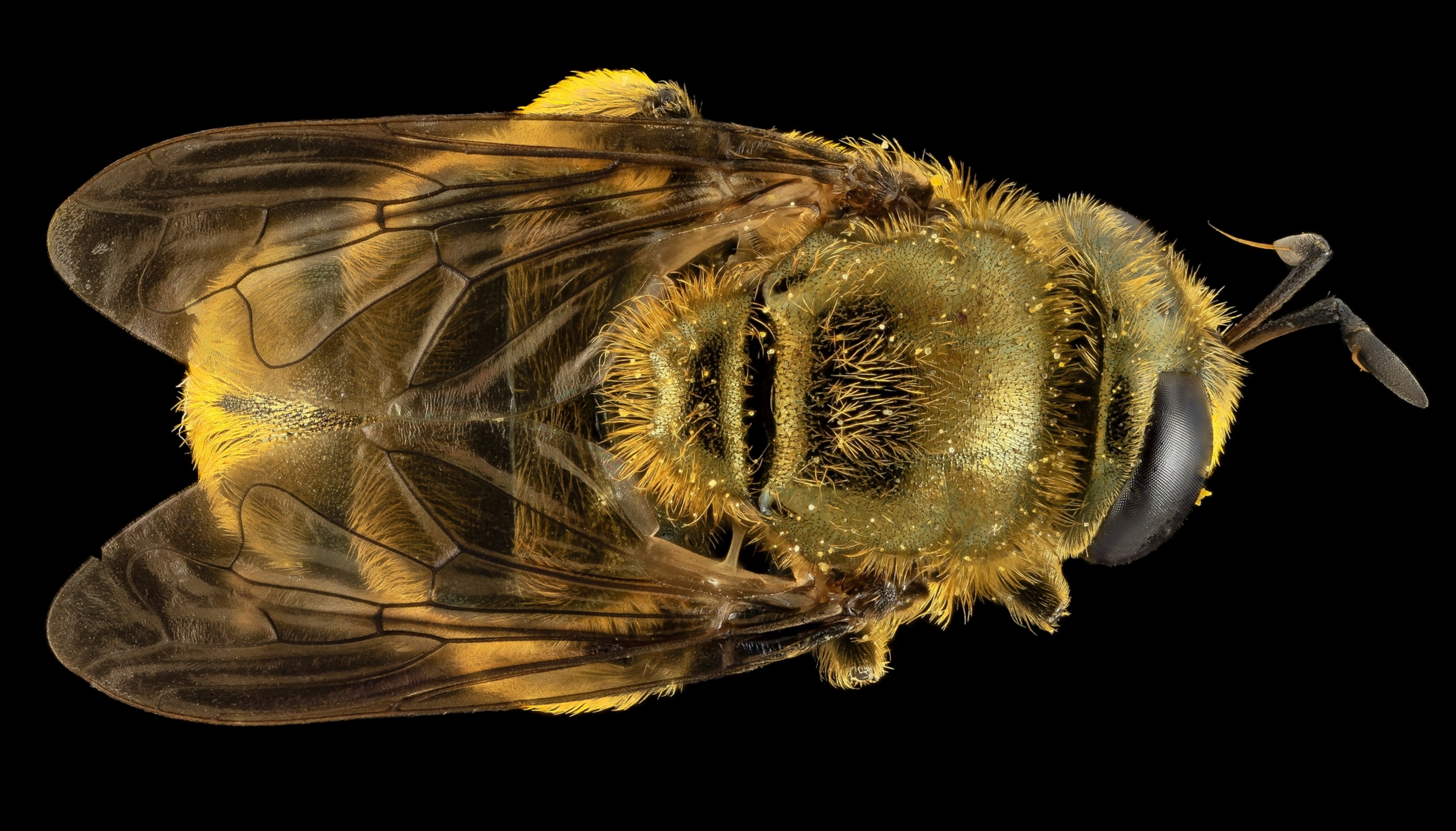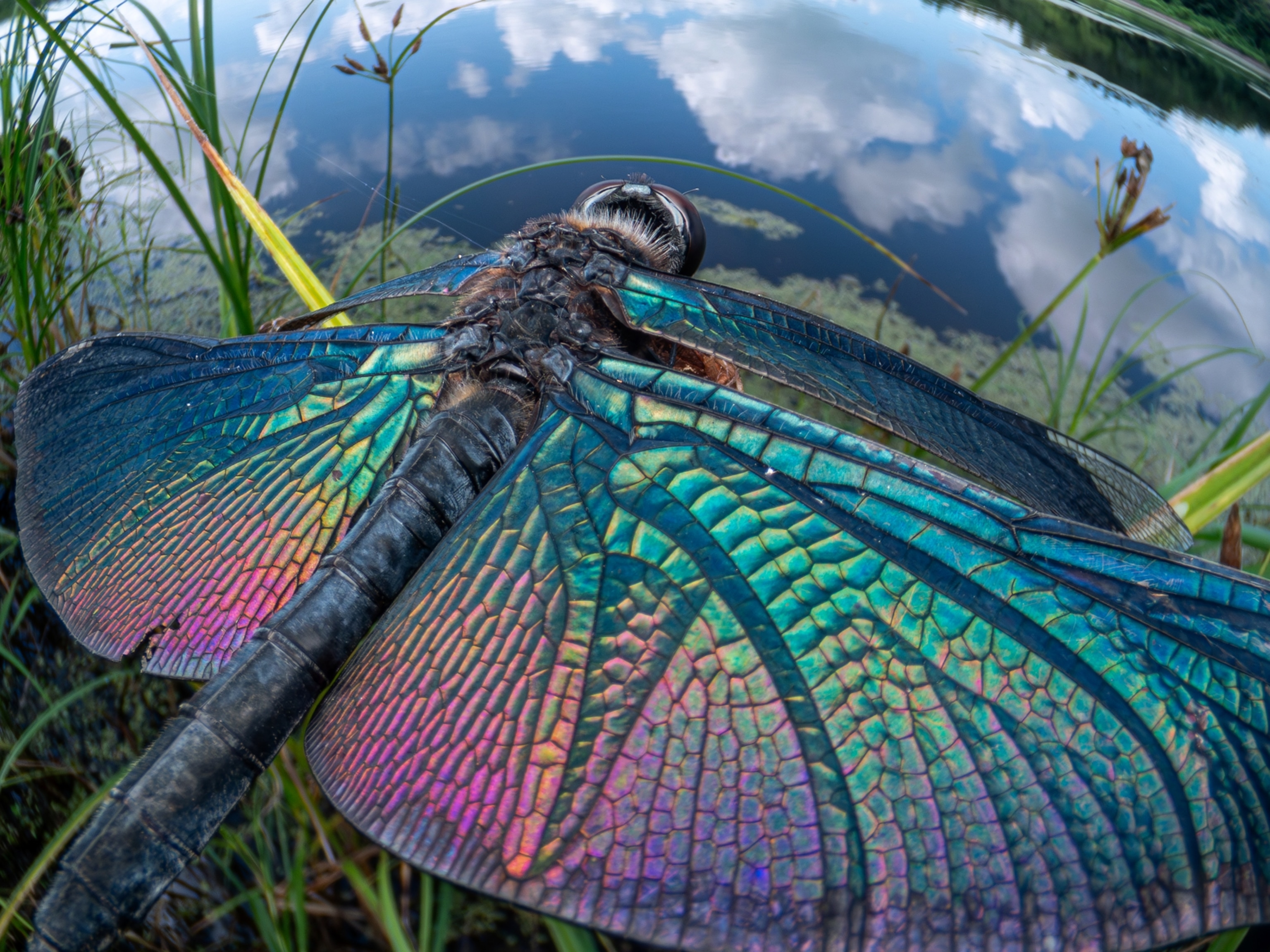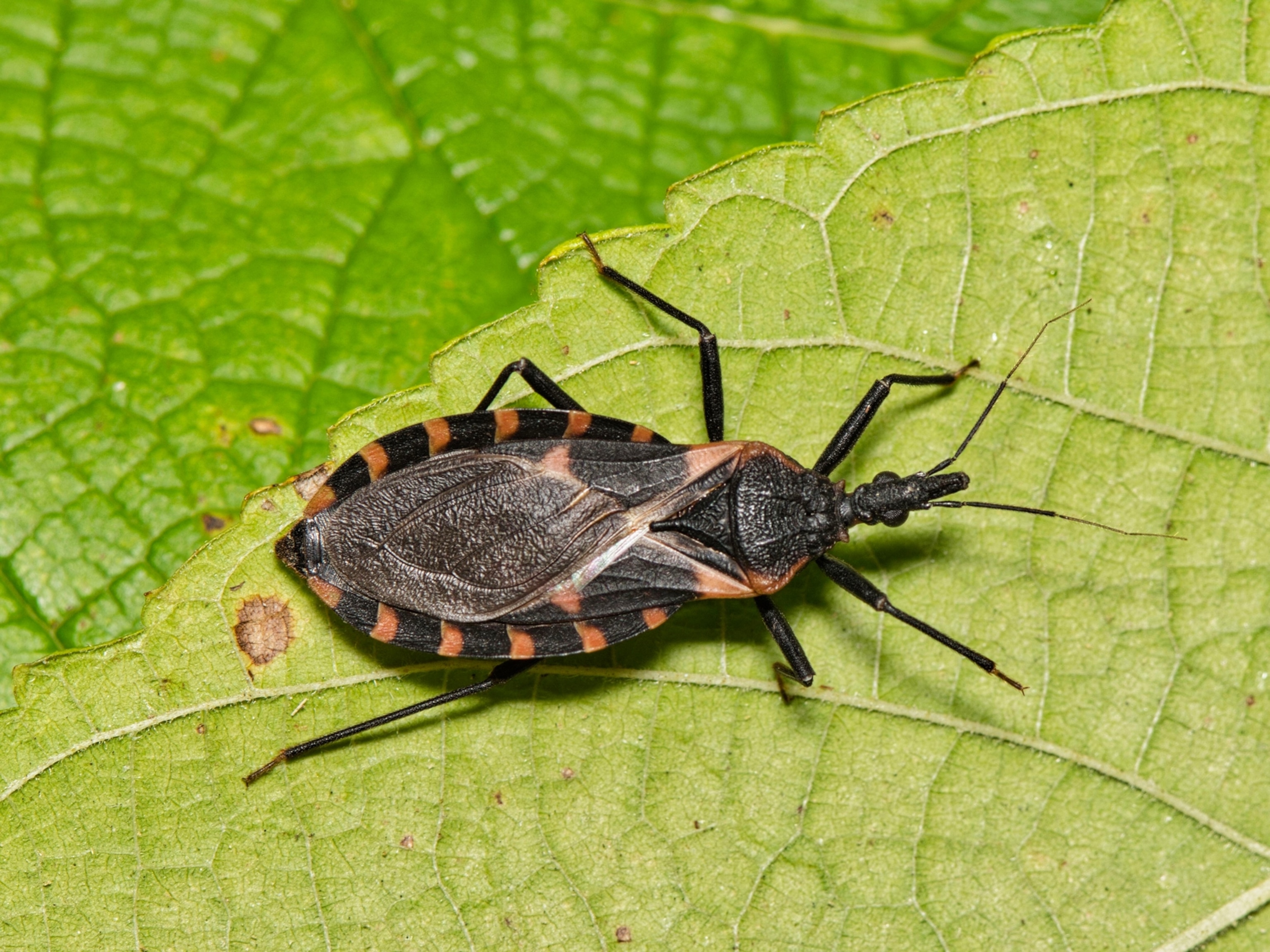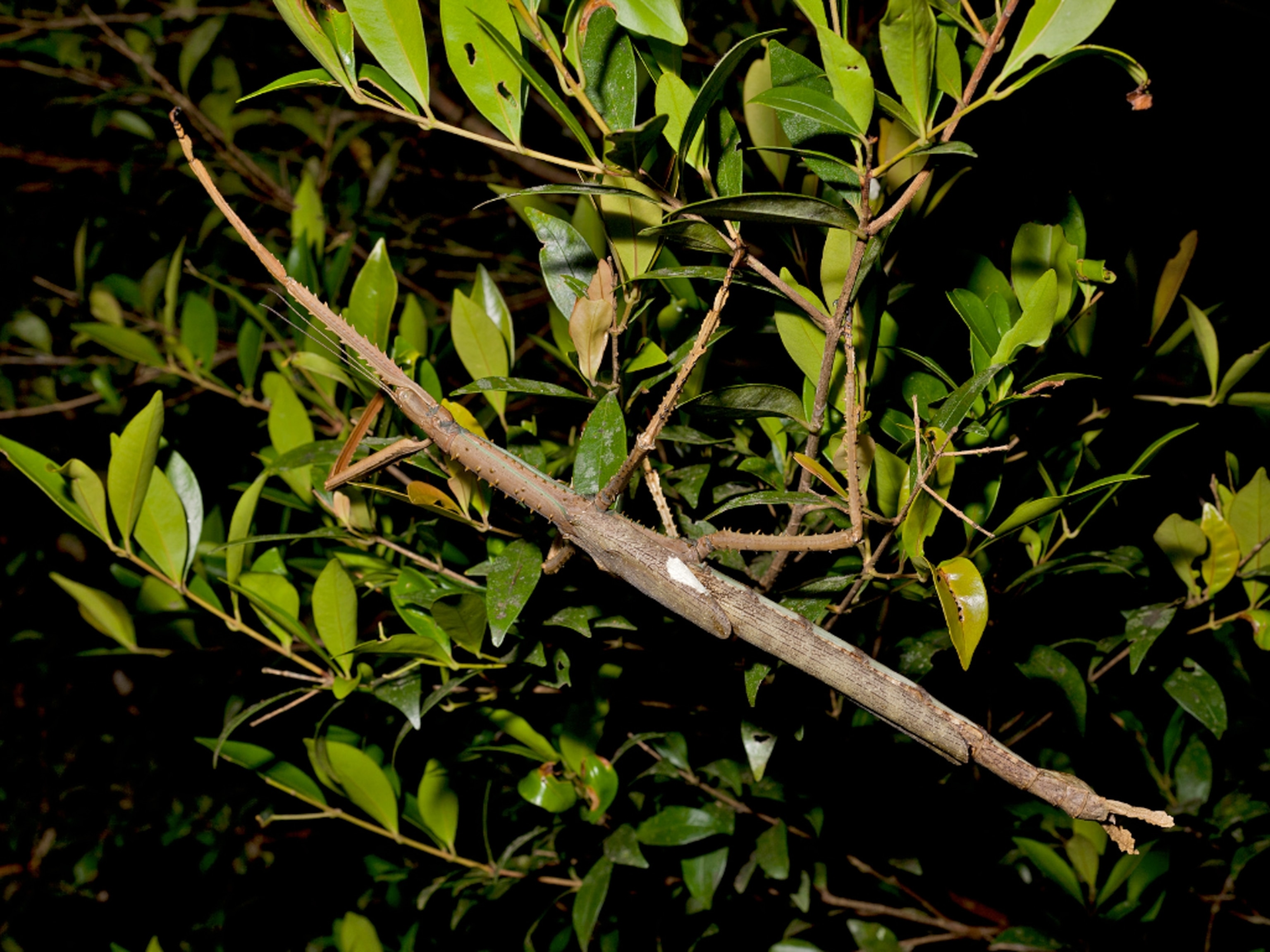
Meet the Bug That Armors Itself With Shells
The caddisfly is one of many insects that get creative in shielding themselves from predators.
We understand the superhero "no capes" rule—but what about shields?
Many insects know the power of this form of stylish protection. For instance, caddisfly larvae, which sometimes measure only a tenth of an inch long, may be the world’s tiniest artisans.
These aquatic insects, found worldwide, excrete a sticky silk from their mouths and use it to build a hard case from objects in their habitat, which includes stones, leaves, and shells.
The materials and shapes vary according to species and their body shapes, says Kate Boersma, an entomologist at the University of San Diego. (Read why insects rule the world.)
Some make flat, long tubes “that look like sleeping bags, and some make spiral cases that look like snail shells,” she says.
These cases shield against predators, so "they can roam around like little vacuum cleaners without worrying about being eaten,” Boersma says.
Caddisfly larvae spend up to two years in their cases before becoming adults. No wonder—they’re so pretty, some artists harvest them and make the discarded cases into jewelry.
Peanut-Headed Bugs
What looks like a peanut-shaped head on these planthoppers from American and Caribbean rain forests is really a hollow protuberance that shields their real noggin.
Also called alligator bugs, peanut-head bugs have many defenses to deter their enemy, which is an insect-eating lizard, says Jo-Anne Sewlal, an entomologist at the University of the West Indies. (See more two-faced masters of deception.)

For instance, the insect has huge eyespots to appear bigger, a noxious smelling chemical released if threatened, and finally that empty head, which a predator may snap at instead of the real thing, she says.
Golden Tortoise Beetles
Golden tortoise beetle larvae have a posterior appendage called an anal fork that they can hang over themselves like an awning. Onto this surface, they’ll pile feces, their old exoskeletons, or both, depending on the species. This so-called “fecal shield” is off-putting to predators. (Related: "Weird and Fascinating Ways Animals Use Poop.")
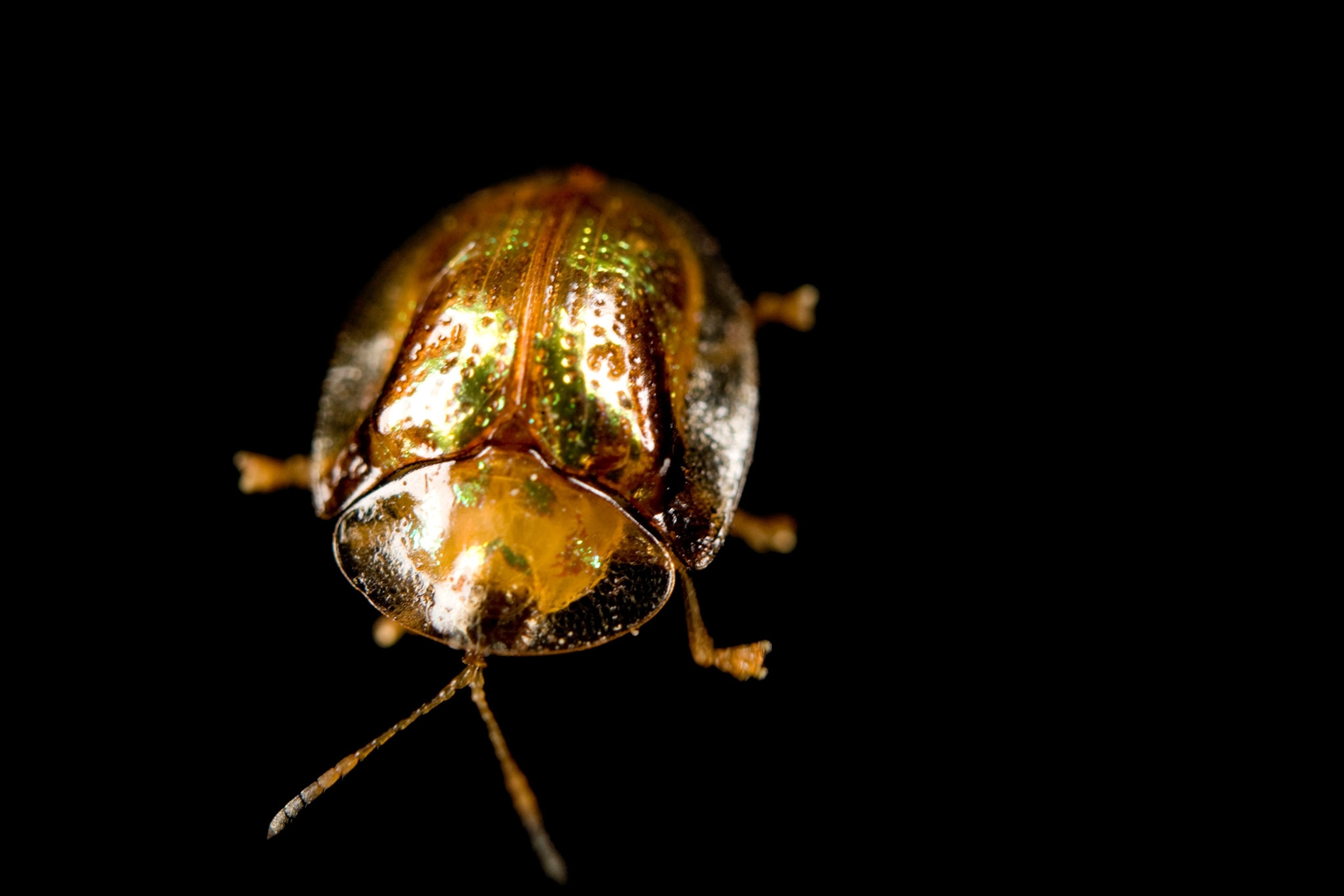
“The larvae are alert and respond quickly” to threats, says Caroline Chaboo, an entomologist at the University of Nebraska in Lincoln who described these beetles' unique defenses in a 2011 study.
When a predator approaches, golden tortoise beetle larvae will gather into a defensive circle, "like a herd of bison in a ring," Chaboo says. (See vintage pictures of insects and spiders.)
The insects "orient with their heads to the center and the rear end sticking outwards," she says. "They can flex their bodies in unison, waving the shields together” at the enemy.
As with bison, baby beetles stay in the center of the ring, and mothers will herd any stray youngsters back into the fold.
“It is really super-cute,” Chaboo says, adding they are "impressive" moms.
Assassin Bugs
Assassin bugs, which live all over the world, inject their insect prey with paralyzing agents and digestive enzymes, making themselves a nice bug smoothie.
See Pictures That Reveal the Beauty of Bees
But eventually they face the question most killers do—what to do with the body?
The assassin bug wears its victims' corpses on its back, where the cadavers act as both shield and camouflage.
Shield Bugs
Found globally, these insects are named for their outsized scutellum, from the Latin word scutum, meaning shield. This structure, which covers their abdomen and thorax, safeguards their bodies from predators.
Shield bugs are also known as jewel bugs for their iridescent colors, like the cotton harlequin and the rainbow shield bug. The colors likely warn predators that the insect doesn't taste very good.
Even Llando would admit that’s better than a cape.
Have a question about the weird and wild world? Tweet me or find me on Facebook. Weird Animal Question of the Week answers your questions every Saturday.
